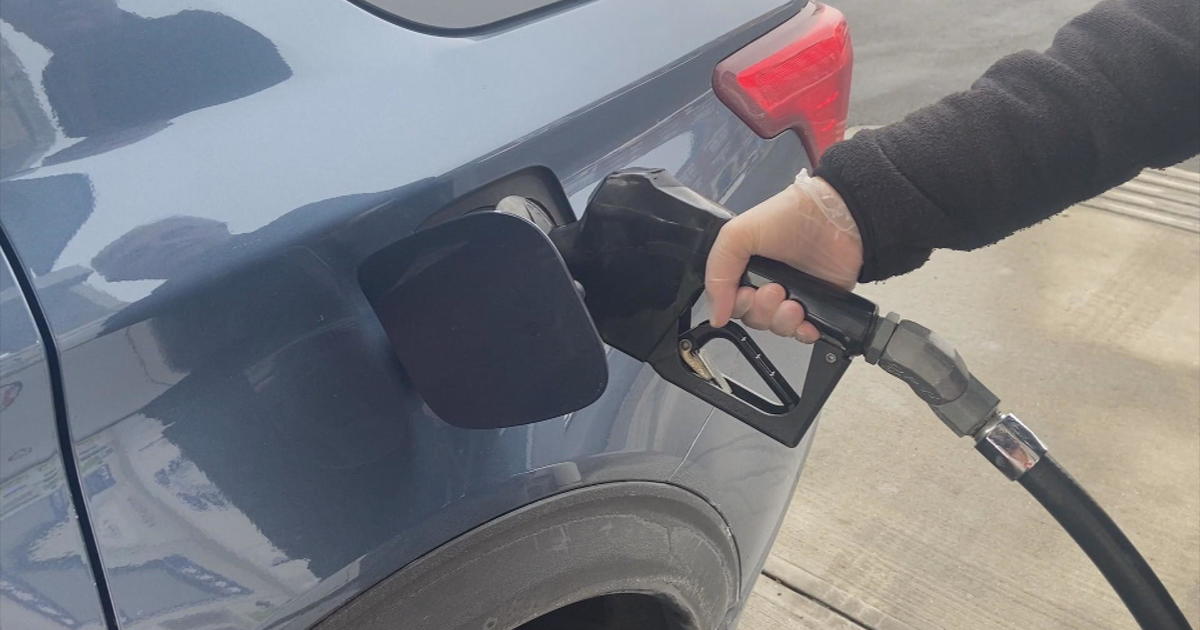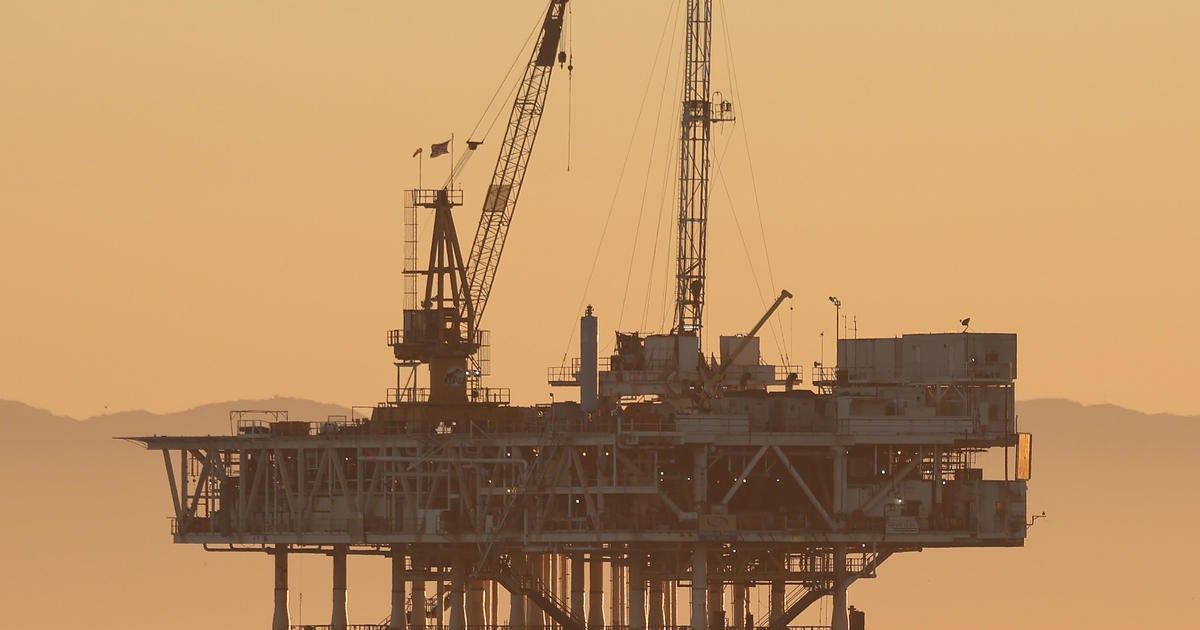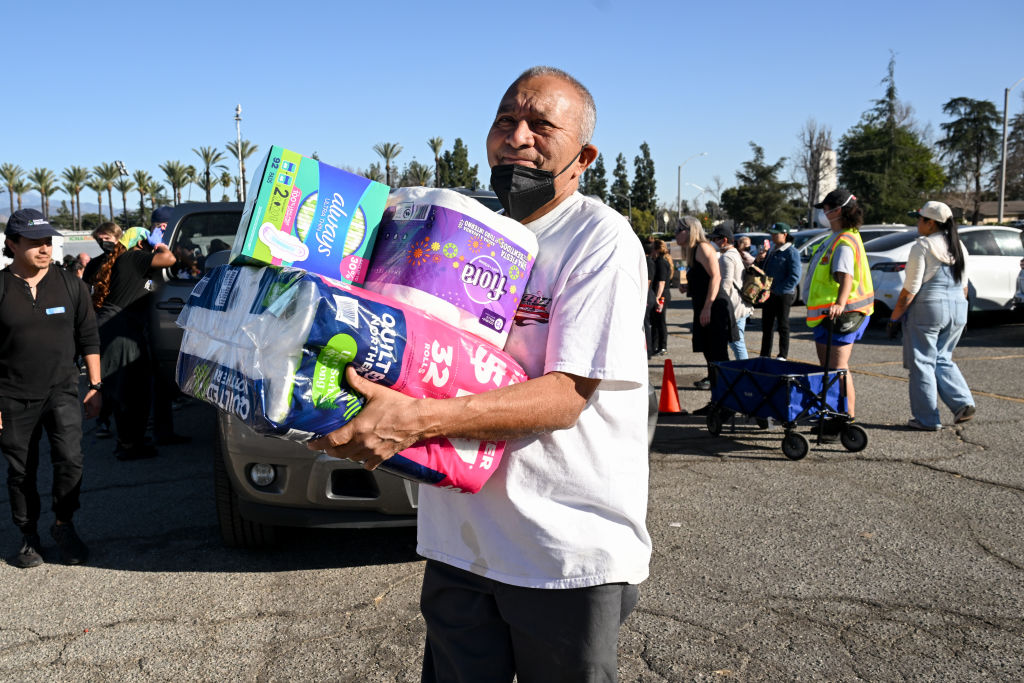The cost of filling up your car with gas and heating your home is surging. Here's why.
The U.S. Department of Energy is warning Americans that they will likely pay "significantly" more to heat their homes this winter, which is expected to be colder than usual in some parts of the U.S.
People who use natural gas — or roughly half of all Americans — are projected to pay an average of $746 this season, up nearly a third from last year, the Energy Information Administration (EIA) said in a briefing this week. In the Northeast, those dependent on oil. for heating, mostly in older homes, can expect to cough up almost $1,800 — a more than 40% hike. Homes in the upper Midwest dependent on propane could face even bigger hit, with costs forecast to jump more than 50% over the previous winter.
Home heating costs are surging amid the sharpest jump in inflation in 30 years, with labor data this week showing that consumer prices jumped 6.2% from a year ago. That includes the price of gasoline — another major household expense — which have skyrocketed more than 50% on average over the last 12 months. In California, for instance, prices at the pump have topped an eye-popping $5 per gallon at gas stations near San Francisco.
Demand outstripping supply
So why are energy prices rising? For one, consumer demand is rising after screeching to a halt last year as the U.S. battled COVID-19, while production isn't keeping up. That means higher prices for heating oil and natural gas as well as propane, according to the EIA.
Crude prices are rising in part because Russia and OPEC, the consortium of oil-producing countries that accounts for about half of global output, aren't speeding production as quickly as some other oil-rich countries. That means higher gas prices at the pump just as more people are driving.
The national average for regular unleaded prices stood at about $3.42 per gallon, according to the American Automobile Association, well above the average of $2.16 a year ago.
For home heat, tighter supplies and expectations of higher demand are driving the expected cost increases, which energy companies are likely to pass on to consumers, the EIA noted.
Natural-gas production fell last year amid the pandemic and rebounded slower than demand, the EIA said. The resulting crunch is leading prices to rise. Moreover, the U.S. is exporting record amounts of liquefied natural gas, further reducing the U.S.'s reserves.
"We expect that households across the United States will spend more on energy this winter compared with the past several winters because of these higher energy prices and because we assume a slightly colder winter than last year in much of the United States," the agency said.
How much more residents may have to pay for heat varies depending on the part of the country they live in and how their homes are heated.
Home heating oil, propane
Households that use heating oil can expect to spend 43% more this winter, while those that use propane should see costs increase 54%, the EIA said.
About 5% of U.S. households use propane, many of them concentrated in the upper Midwest, while 4% rely on heating oil for heat, mostly in New England and the Northeast.
"We're going into one of the winters that I feel is extraordinarily difficult. Actually, terrifying," John Drew, CEO of Action for Boston Community Development (ABCD), a home heating assistance program, told CBS affiliate WBZ in Boston.
Earlier this month, the U.S. Department of Health and Human Services released $3.3 billion dollars in fuel assistance, allowing ABCD to increase their benefit for the lowest income levels from roughly $600 dollars to more than $1,000. Drew told WBZ he worries that will not be enough.
Households that heat their homes primarily with electricity will spend an average of $1,268 this winter on their electricity bills, up 6% more than last winter, the EIA estimated.
Gas prices
At about $3.42 per gallon the national average is still less than its peak of $4.11 in 2008 during the financial crisis, according to AAA.
Still, spiraling gas costs as motorists hit the road again as the pandemic eases may be one reason "consumers are likely feeling depressed about the way things are going," Patrick DeHaan, head of petroleum analysis at research firm GasBuddy, said in a tweet.
"We've never seen a [year-over-year] increase in gas prices bigger than we have this year: over 63% YoY gain presently," he wrote.
Drivers now pay the most in the West, led by California at $4.66 per gallong. Prices in the Southwest are lowest, including in oil-producing states like Texas at $3.06 and Oklahoma at $3.02.
Prices can vary widely by state - and even by neighborhood gas station. In many San Francisco Bay Area communities, for example, prices climbed past $5 a gallon earlier this week, according to California AAA. The price of a gallon of regular, unleaded gas at one Shell Station in San Francisco was posted at $5.85 on Wednesday night, CBS SF Bay Area reported.





